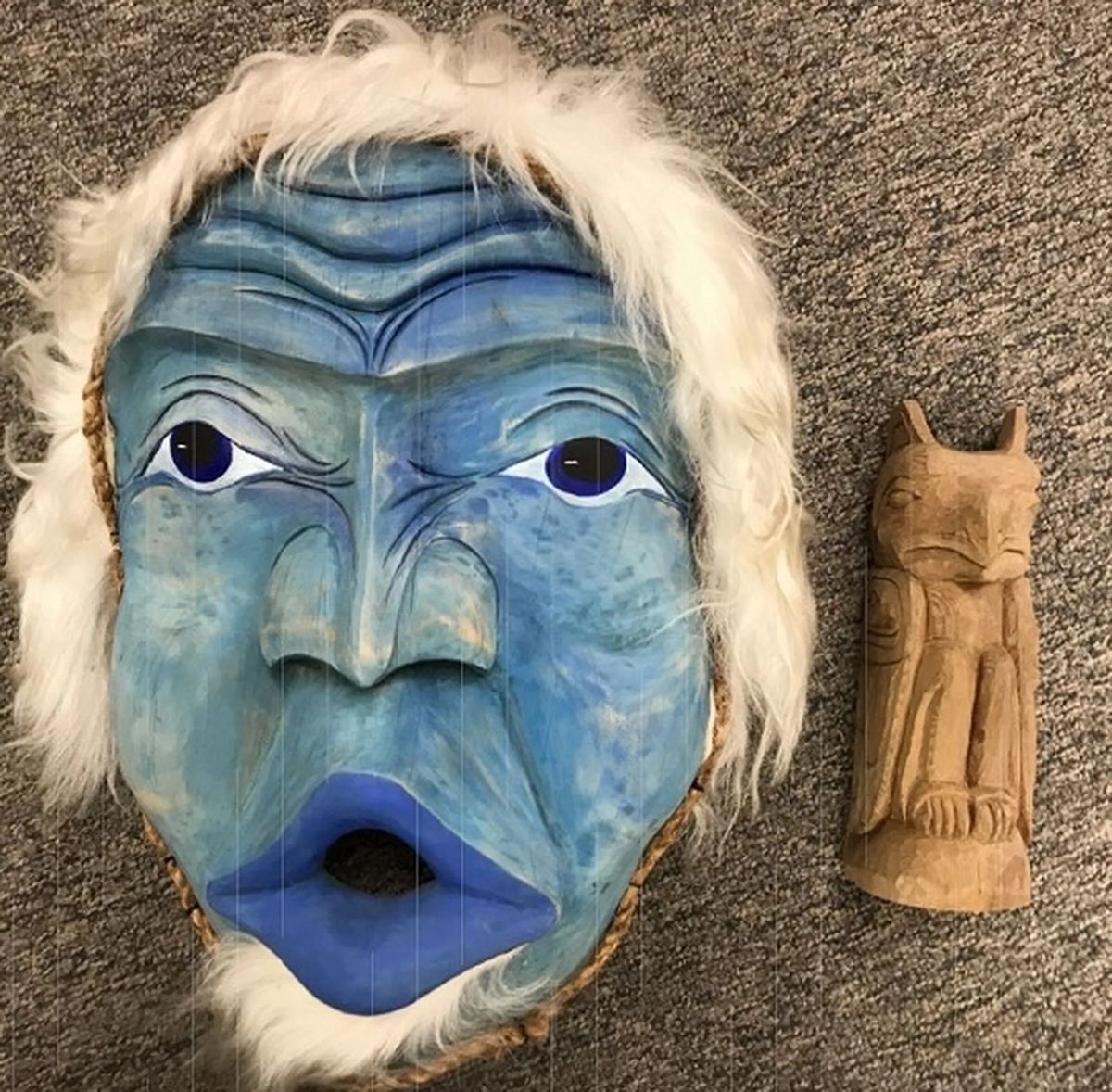A 54-year-old artist from Washington state has been sentenced to 24 months of probation and 200 hours of community service for presenting himself as a Native American artist, despite his lack of tribal enrollment or Native heritage.
Lewis Anthony Rath, of Maple Falls, Washington, pleaded guilty in March 2023 to violating the Indian Arts and Crafts Act, which forbids the misrepresentation of artists as tribal members for monetary purposes. US district judge Tana Lin read a letter submitted by Terry Rambler, chairman of the San Carlos Apache Tribe, in open court, detailing the harm Rath’s scheme had caused his community.
The investigation into Rath began in July of 2018, when the Indian Arts and Crafts Board received the first complaints related to Rath. For over a year, he had been selling fake Native American wooden totem poles, transformation masks and pendants in various stores around Seattle. When agents executed a search warrant at Rath’s residence, they also recovered feathers from birds protected under the Bald and Golden Eagle Protection Act and Migratory Bird Treaty Act.
“Rath’s victims are real: they are Indian artists, many who struggle to make a living, who lost out on sales to those who seek authentic Indian artwork; and they are also consumers who were defrauded into purchasing fake Indian art,” Tate London, an assistant US attorney, said in a statement.
Meridith Stanton, the director of the board of the US Department of the Interior's Indian Arts and Crafts Board, concurred. “Counterfeit Indian art, like Lewis Anthony Rath’s carvings and jewelry that he misrepresented and sold as San Carlos Apache-made, tears at the very fabric of Indian culture, livelihoods and communities," Stanton said in a statement. "Rath’s actions demean and rob authentic Indian artists who rely on the creation and sale of their artwork to put food on the table, make ends meet and pass along these important cultural traditions and skills from one generation to the next.”
A variety of other high-profile breaches of the Indian Arts and Crafts Act have come to legal fruition over the past year. Earlier this month, Cristobal “Cris” Magno Rodrigo was sentenced for operating a forgery ring of Alaska Native objects. And in May, Jerry Chris Van Dyke, a Seattle-based artist, was sentenced to federal prison for his fake Indigenous carvings.


